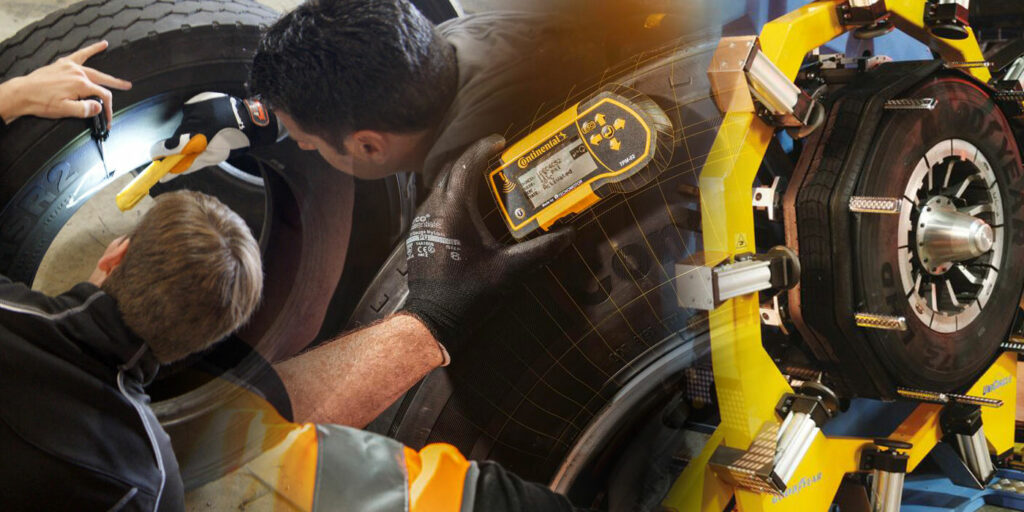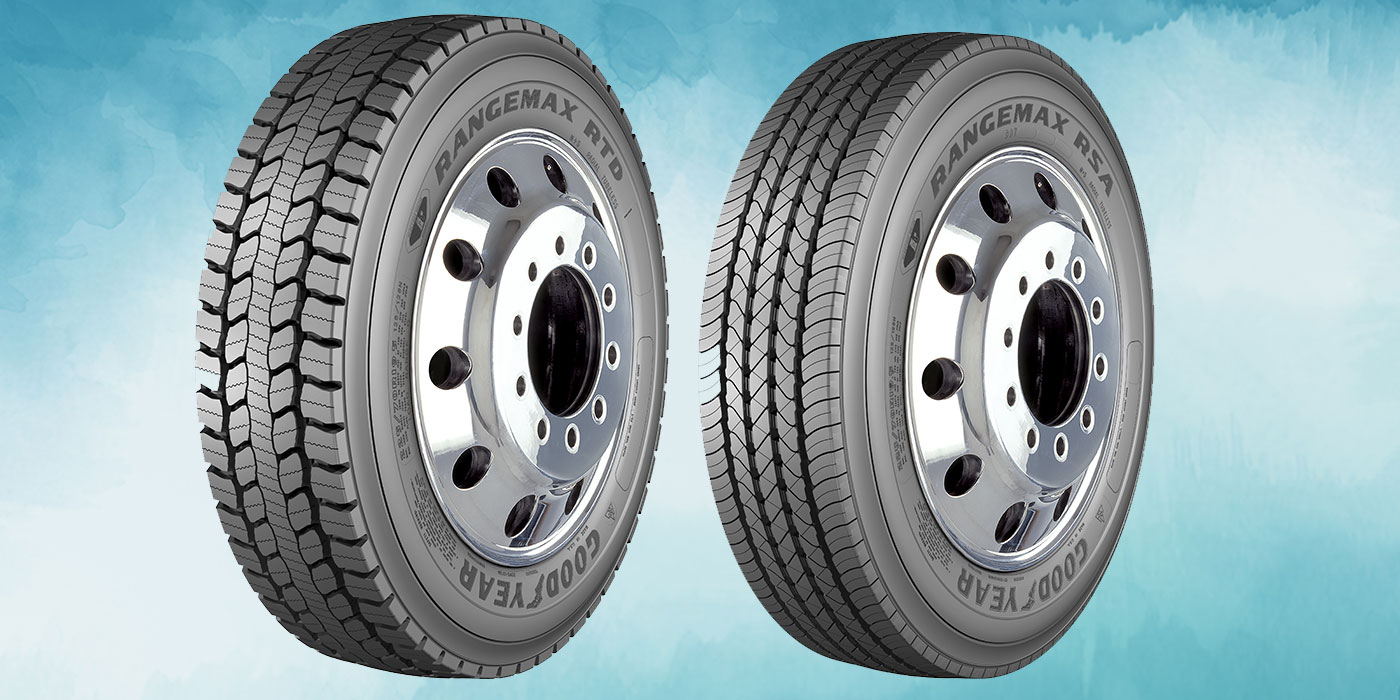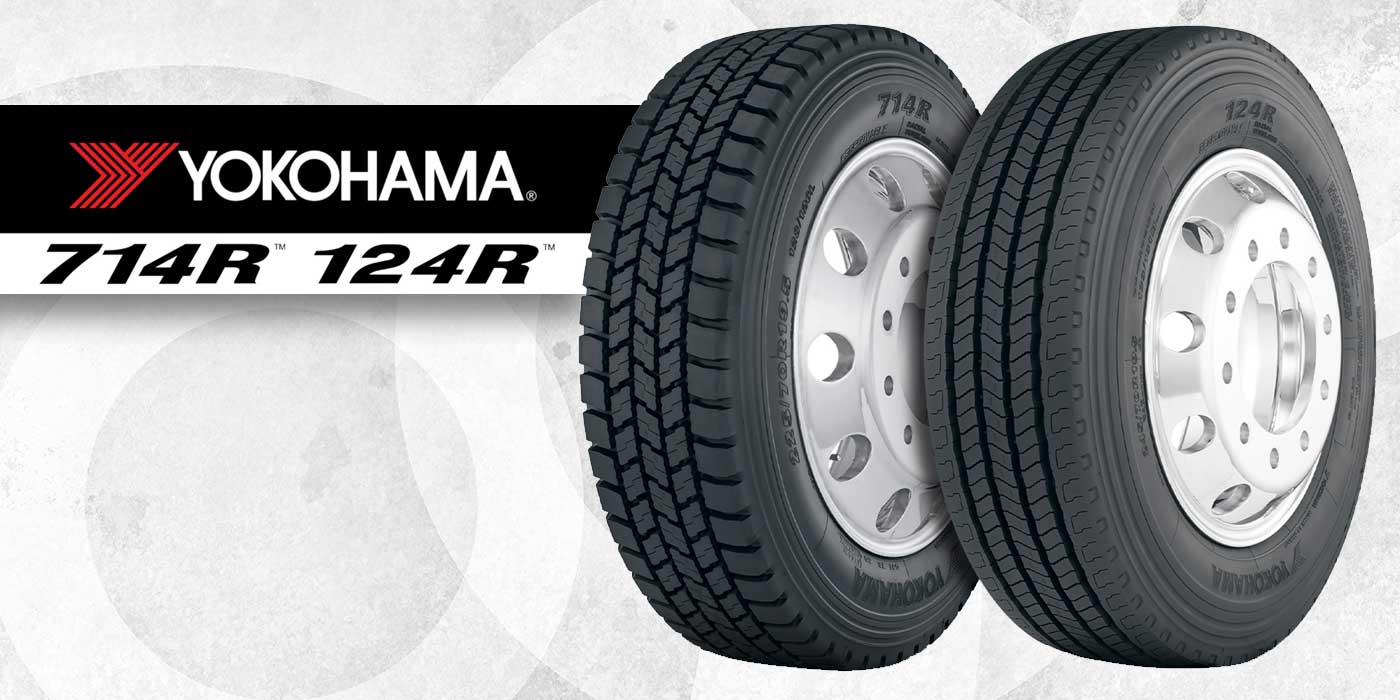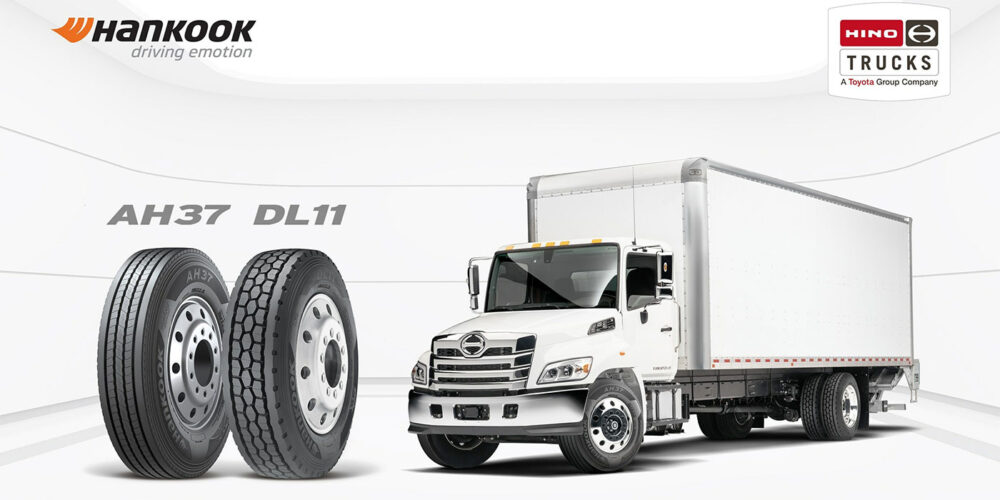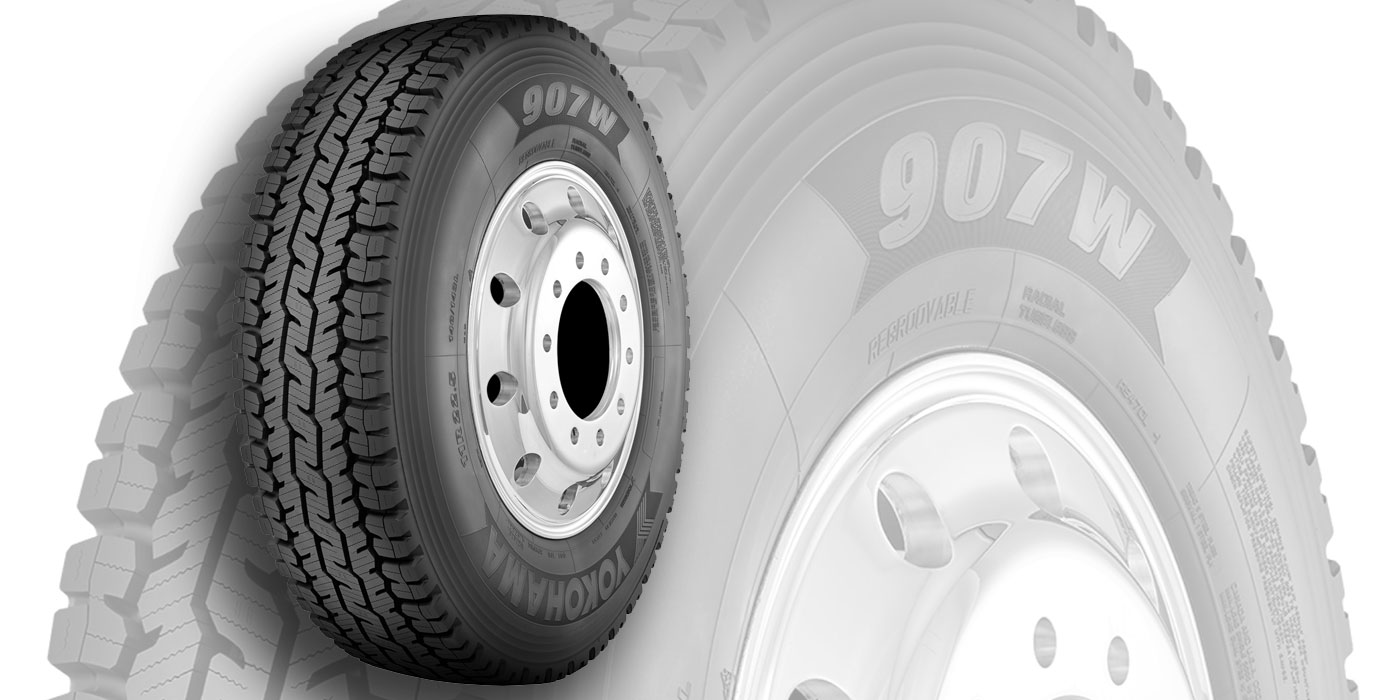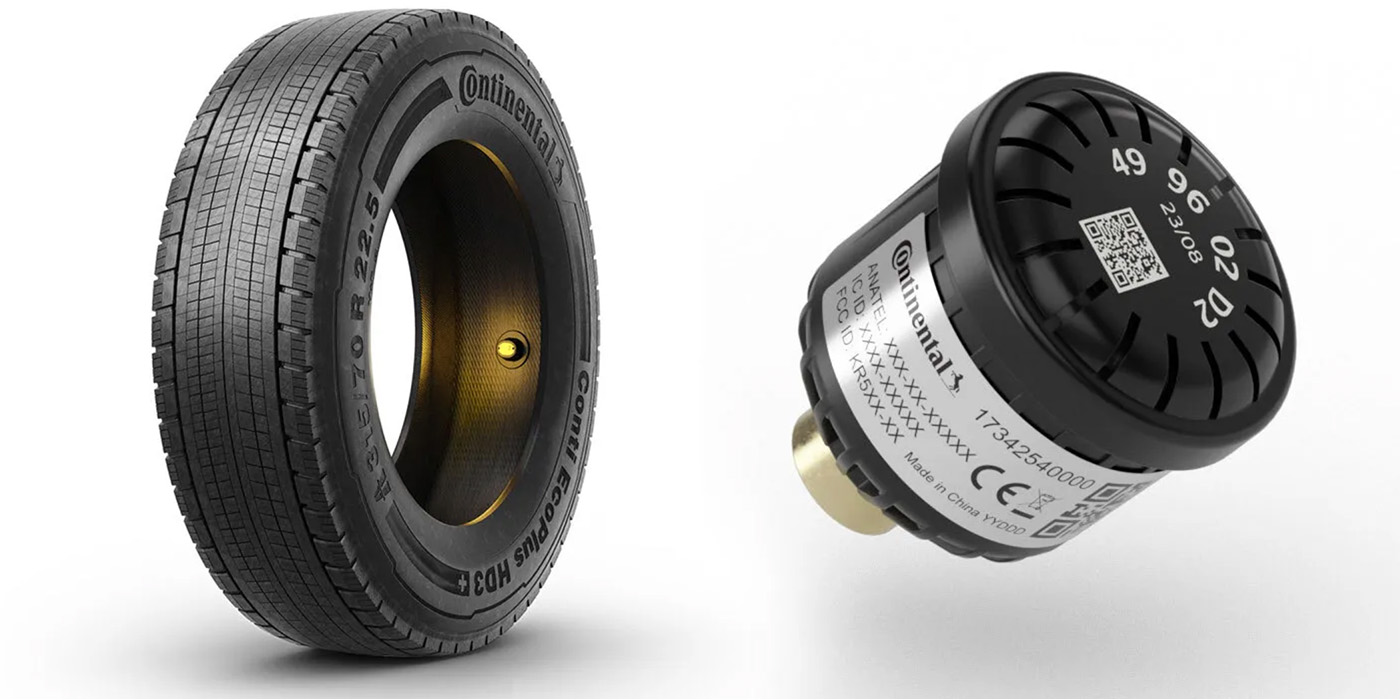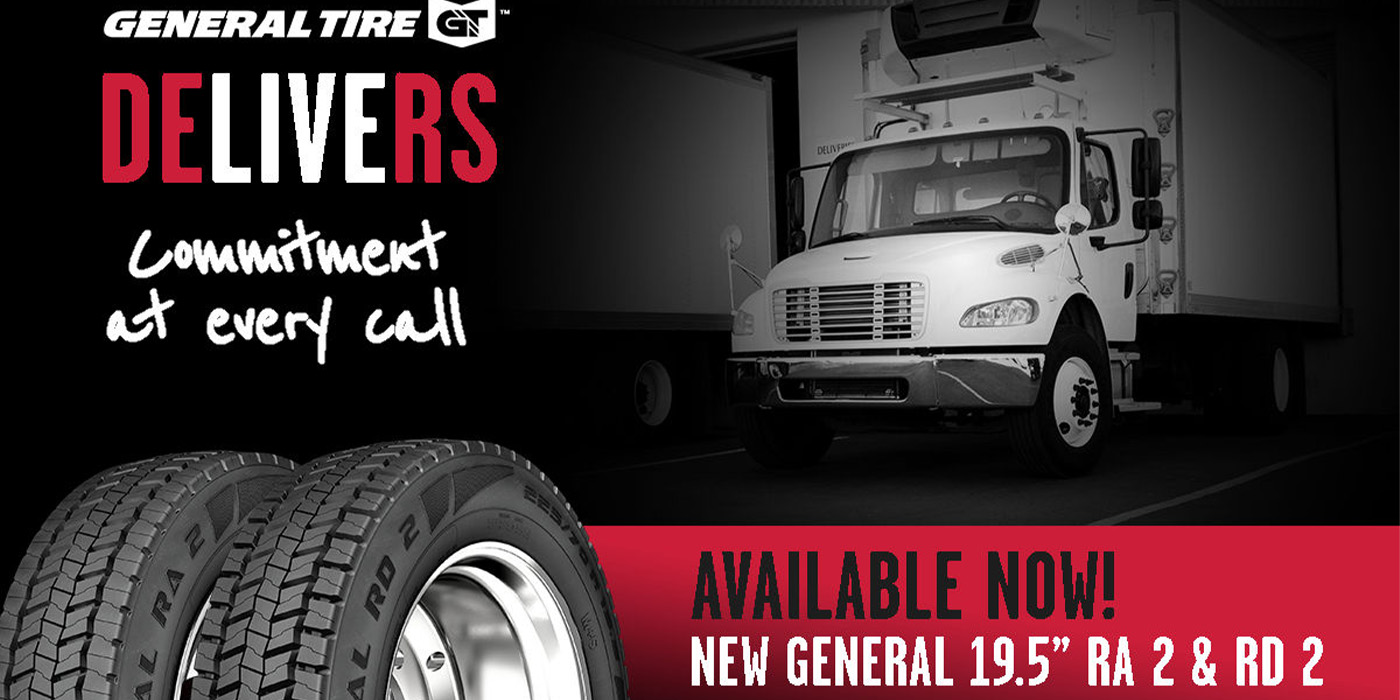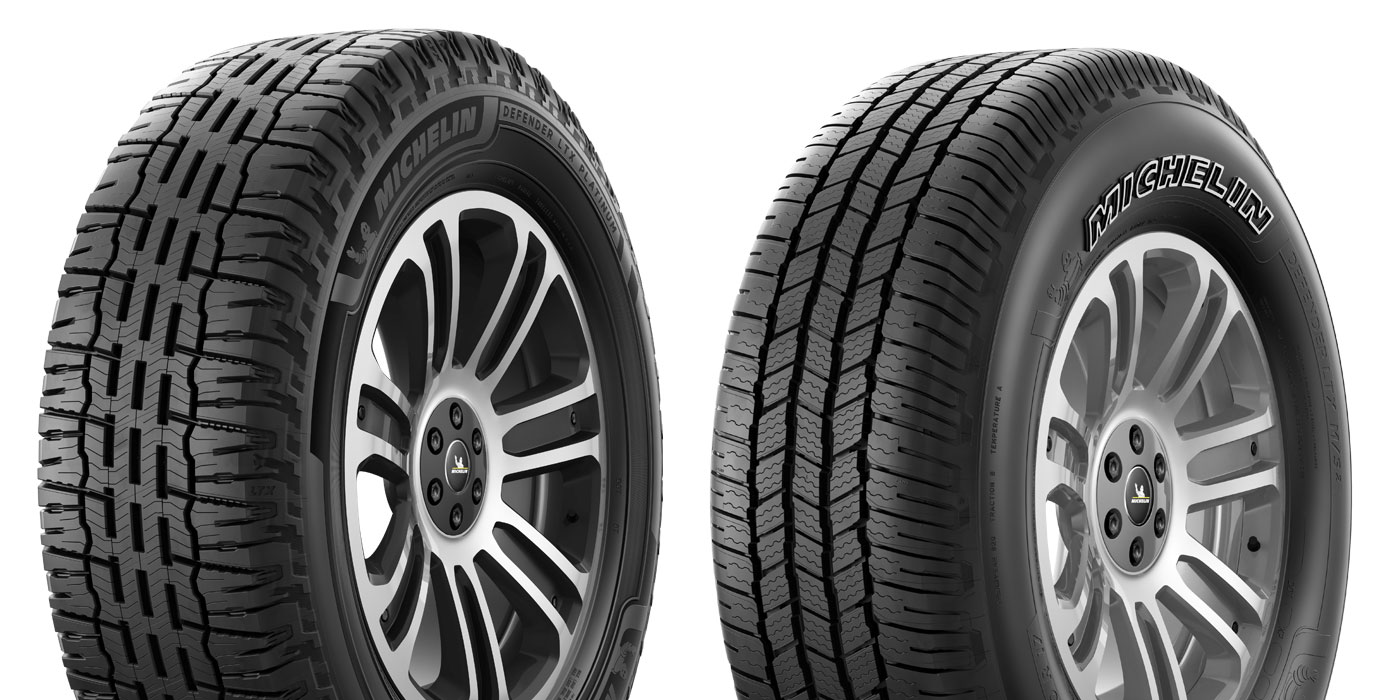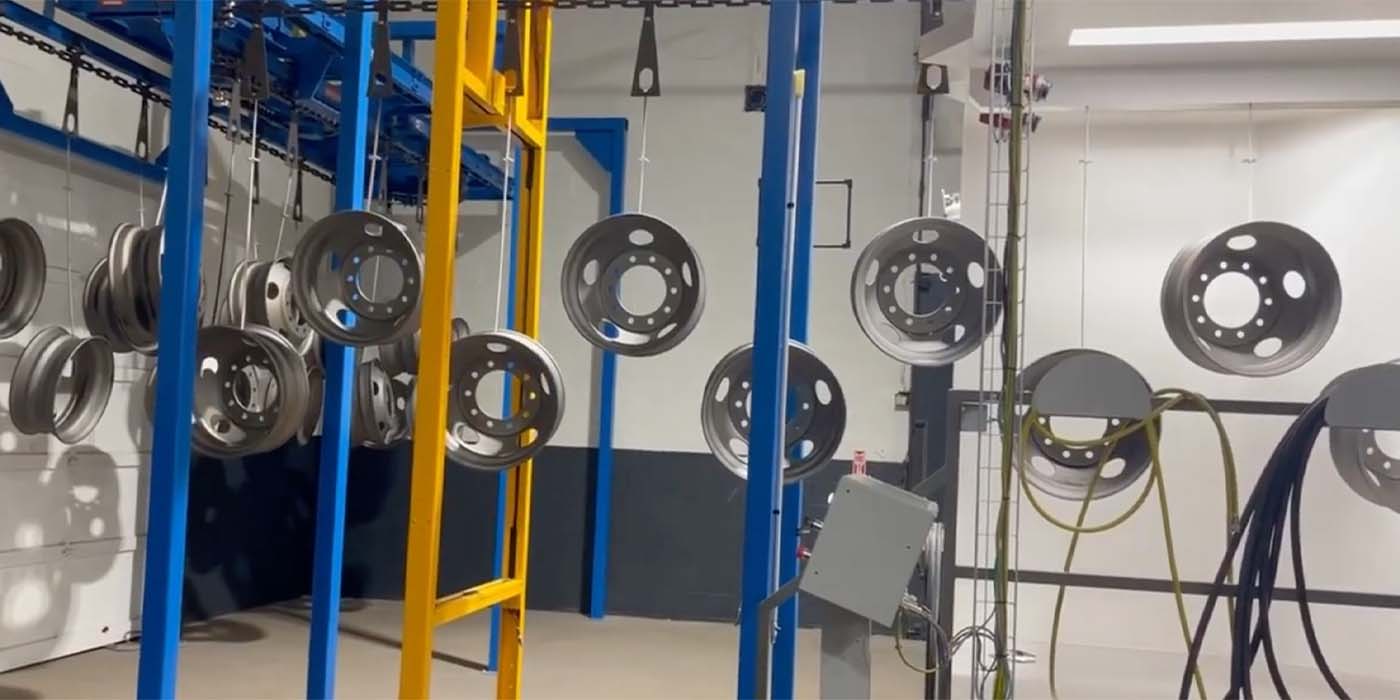If the engine is the beating heart of the truck, and the telematics system its brain, then the tires are the legs, enabling it to complete its runs day in and day out.
Like any good runner, you can’t expect to make good time on your runs, or complete them incident-free, without a good care and maintenance program in place. Runners have expensive shoes, detailed training programs and rest when the time is right; so, what are the equivalents for truck tires?
According to Gary Schroeder, executive director of Cooper’s Global Truck and Tire Business, it’s all about “details, details, details.”
Schroeder says that performing routine tire inspections and reviewing the results of those inspections over time will help tire dealers and their fleet customers spot both favorable and unfavorable trends. “Understanding why tires are overperforming is equally important as understanding why tires did not meet tire program cost expectations. An advanced tire program will focus on the total cost of ownership [TCO] of the tires the fleet is running. TCO involves understanding the acquisition price, fuel efficiency, wear or mileage, and casing value at the end of the tire’s useful life.”
This process, he says, will require effort and discipline, but will be worthwhile to ensure that your customer’s tires are meeting the standard the fleet requires.
Dustin Lancy, commercial product marketing manager at Goodyear, says that the tire maker believes an optimal tire service program includes three components: trusted tires, complete tire management solutions and a strong service and repair network.
“A successful tire program should start with a premium tire and retread designed for the application and position,” Lancy elaborates. “Throughout the life cycle of a tire, it is important to perform regular maintenance checks to ensure proper tire pressure levels are maintained, and to monitor for signs of tire damage. Identifying these types of preventative maintenance opportunities can help ensure fleets get the most out of their investment and prevent bigger issues, such as emergency roadside service calls or early tire removal.
“Fleets interested in collecting data on tire performance, such as tire pressure or even temperature, or automating how they monitor treadwear, should consider investing in a tire management solution.
“Lastly, fleets can benefit from aligning with a nationwide service network that can offer both regular, proactive maintenance, as well as emergency roadside assistance in the case of a breakdown,” he concludes.
Regarding a comprehensive tire service program, Carolina Wagner, director of marketing for truck tires with Continental, says tire dealers and their fleet customers should focus on three steps: identifying the proper standards, monitoring progress and being consistent with implementing the standards across all shifts and locations. To bring back our running simile, think of them as the truck tire equivalents of stretching, pacing and drinking plenty of water.
Those standards, she continues, start with tire pressure. Many fleets choose a standard pressure such as 100 psi as the standard for all tires, when, in reality, manufacturer suggestions often differ between tire types. For the steer tire in particular, the number is often much higher. Wagner recommends tire dealers use manufacturer load/inflation tables to determine the proper pressure settings based on the load being carried.
Additionally, Wagner says that fleets along with their tire dealer partners should identify standards for the pull point for each wheel position, which can impact retreadability, as well as one for matching tires in a dual wheel position, as small differences can cause irregular wear.
“The second step is monitoring the progress,” she continues. “This should be done by expert maintenance personnel at the fleet, not just the ‘weekend warriors.’ Fleets should monitor tire inflation at least weekly and should conduct monthly visual inspections to check for wear issues. Outside of under-inflation, the top causes of irregular tire wear are often related to misalignment of the vehicle, worn-out king-pins or other parts, loose U-bolts or other mechanical issues. Uneven or irregular wear must be identified early on, in order to take preventive action and avoid losing the tire. Results may vary fleet to fleet, but should be consistent within fleets. Knowing what is ‘normal’ for their fleet should help identify when a tire or vehicle is not performing at the expected level.”
Additionally, Wagner says, training for both commercial tire technicians and the fleet’s staff must be a constant part of the service routine — and should be consistent, too, especially considering the high technician turnover in the industry.
“From a tire standpoint, this will include irregular wear, mounting techniques, tire matching procedures and reviewing fleet maintenance protocols,” Wagner adds. “There should also be a focus on involving the drivers in the sharing of knowledge.”
Fine-Tuning Your Stride: The Overlooked Things
Small adjustments can make a big difference in your customer’s truck tire maintenance program. So, what are some of those smaller items that may slip through the cracks?
“Having a policy for runout tires is essential,” Continental’s Wagner says. “Unfortunately, this is something all fleets will have to contend with. Runout tires should be marked and paired up with a suitable tire to be used at the earliest convenience. This will keep the tire from aging out before it has reached the suitable amount of life cycles for that fleet, both the first life and retreads.”
Wagner also noted the importance of keeping good maintenance records.
“The old adage is often true,” she says, “you improve what you measure. Often, due to the daily pressure of keeping a fleet of vehicles up and running, if the data is not being recorded, it may get overlooked. Knowing the fleet average helps identify individual trucks or tires that are not performing.
“All tires taken out of service should be recorded with the removal reason. This will help bring to light any issues the fleet has,” she continues. “Every fleet has issues, even the best maintained, and this is an excellent way to identify areas that can be improved, reducing the overall tire program cost. Lastly, knowing the age and condition of fleet casings prevents unexpected failures and roadside calls and optimizes total miles achieved.”
Mike Steiner, customer engineering support time zone referent for Michelin North America, provided some further items that tire dealers and their fleet customers should add to their tire maintenance checklist, including:
- Never operate a vehicle that has low or flat tires, damaged or distorted rims or wheels, missing bolts or cracked studs. A tire that has run at 20% or less of its normal operating pressure should be considered run flat. This tire should be removed and dismounted from the wheel for a thorough inspection inside and out by a trained professional before returning it to service.
- Never weld or apply heat to a wheel or wheel parts.
- When not in use, store tires in a cool, dry place away from direct sunlight to avoid premature aging. Prevent exposure to ozone sources such as sun, arc-welders and mercury vapor light bulbs, as well as ultraviolet rays and inclement weather. Store tires standing upright on the tread and avoid stacking.
- Avoid lifting tires through the center with a crane hook, which can damage the critical bead area. Instead, lift the tire under the tread by using flat straps. Flat straps are recommended over steel slings or chains because they are less likely to cause cuts or abrasions.
- Deflate the inner and outer tires of a dual fitment before removing any rim fixture from the hub of the vehicle.

